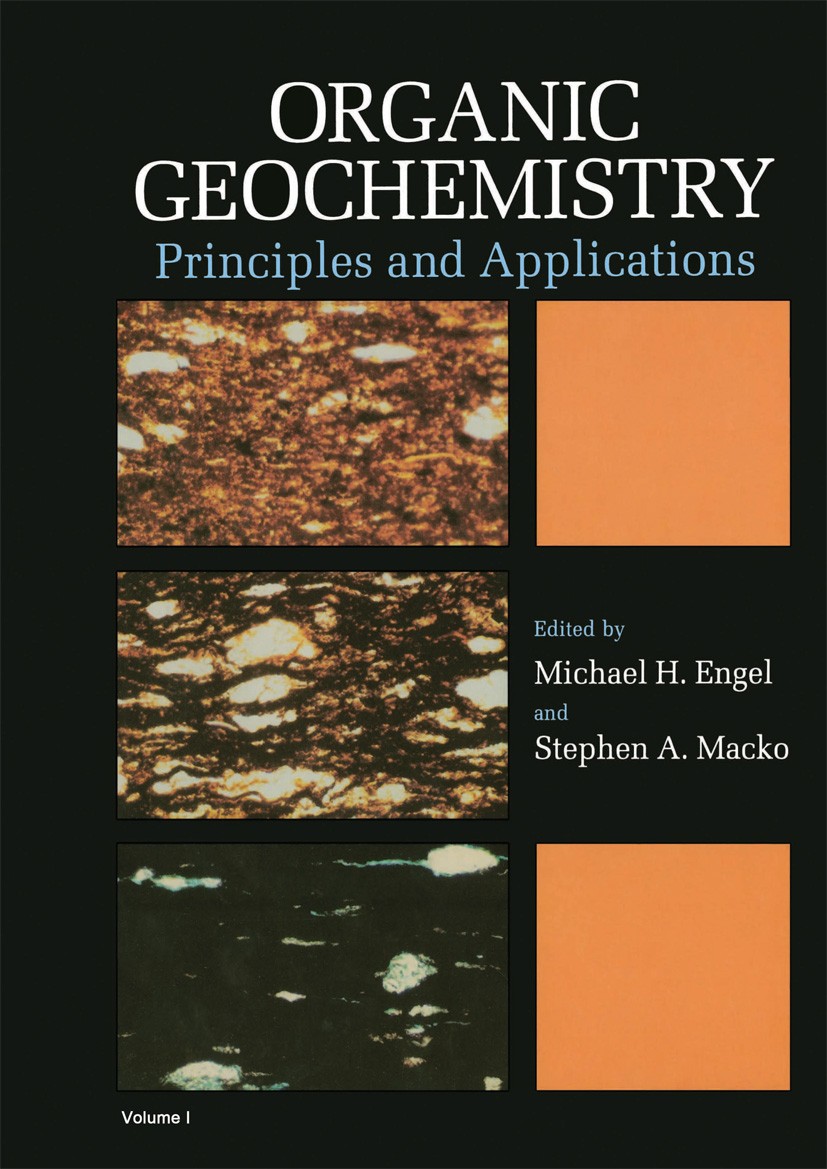Molecular and isotope characterization of hydrocarbon products from organic-sulfur-rich mudstones during closed hydrous-pyrolysis
IF 2.5
3区 地球科学
Q2 GEOCHEMISTRY & GEOPHYSICS
引用次数: 0
Abstract
A series of mudstones with varying organic sulfur content were subjected to hydrous pyrolysis and the produced oil and gas were analyzed. The samples come from the late Devonian Duvernay Formation (Canada), the late Miocene Onnagawa Formation (Japan), and the early Jurassic Gordondale Member of the Fernie Formation (Canada), in order of increasing organic sulfur content. Comparison of molecular parameters in the produced oils and residual extracts showed that these have almost identical values, with linear correlation near 1:1, except for polycyclic aromatics such as alkylphenanthrenes and alkyldibenzothiophenes. The excellent correlation suggests that in an ideal scenario, in the absence of long-distance migration, hydrocarbon mixing, and secondary alteration, produced oils and residual bitumen would have very similar molecular properties. In addition, for the same %VReqv, samples with higher sulfur content exhibit an apparent higher thermal maturity according to molecular ratios such as Pr/nC18 and C30Hopane/C30Moretane. Generated gases showed source effects on their molecular and carbon isotope composition for the maturity interval analyzed herein (0.57 to 1.42 % VReqv). H2S gas was generated only from the Gordondale samples and the isotope values are presented in this study.
富硫泥岩闭水热解过程中油气产物分子及同位素表征
对一系列有机硫含量不同的泥岩进行了加水热解,并对其产出的油气进行了分析。样品分别来自晚泥盆世Duvernay组(加拿大)、晚中新世Onnagawa组(日本)和早侏罗世Gordondale组Fernie组(加拿大),有机硫含量依次递增。结果表明,除烷基菲和烷基二苯并噻吩等多环芳烃外,其分子参数基本一致,线性相关系数接近1:1。良好的相关性表明,在理想的情况下,在没有长距离运移、油气混合和二次蚀变的情况下,产出的油和残余沥青将具有非常相似的分子性质。此外,在相同的VReqv下,根据Pr/nC18和C30Hopane/C30Moretane的分子比,硫含量高的样品表现出明显更高的热成熟度。在本文所分析的成熟度区间(0.57 ~ 1.42% VReqv),生成气的分子和碳同位素组成受源影响。H2S气体仅由Gordondale样品产生,本研究给出了同位素值。
本文章由计算机程序翻译,如有差异,请以英文原文为准。
求助全文
约1分钟内获得全文
求助全文
来源期刊

Organic Geochemistry
地学-地球化学与地球物理
CiteScore
5.50
自引率
6.70%
发文量
100
审稿时长
61 days
期刊介绍:
Organic Geochemistry serves as the only dedicated medium for the publication of peer-reviewed research on all phases of geochemistry in which organic compounds play a major role. The Editors welcome contributions covering a wide spectrum of subjects in the geosciences broadly based on organic chemistry (including molecular and isotopic geochemistry), and involving geology, biogeochemistry, environmental geochemistry, chemical oceanography and hydrology.
The scope of the journal includes research involving petroleum (including natural gas), coal, organic matter in the aqueous environment and recent sediments, organic-rich rocks and soils and the role of organics in the geochemical cycling of the elements.
Sedimentological, paleontological and organic petrographic studies will also be considered for publication, provided that they are geochemically oriented. Papers cover the full range of research activities in organic geochemistry, and include comprehensive review articles, technical communications, discussion/reply correspondence and short technical notes. Peer-reviews organised through three Chief Editors and a staff of Associate Editors, are conducted by well known, respected scientists from academia, government and industry. The journal also publishes reviews of books, announcements of important conferences and meetings and other matters of direct interest to the organic geochemical community.
 求助内容:
求助内容: 应助结果提醒方式:
应助结果提醒方式:


